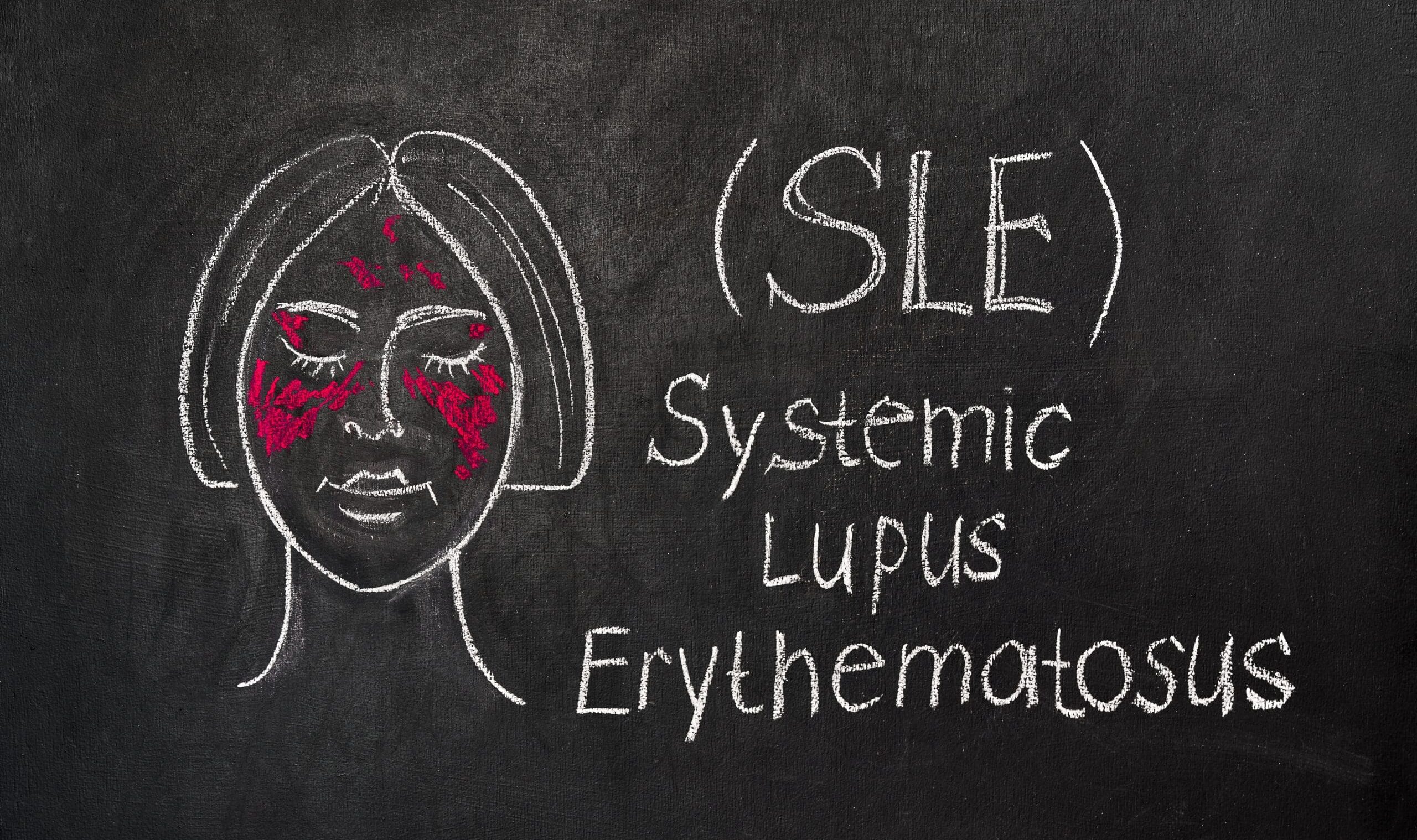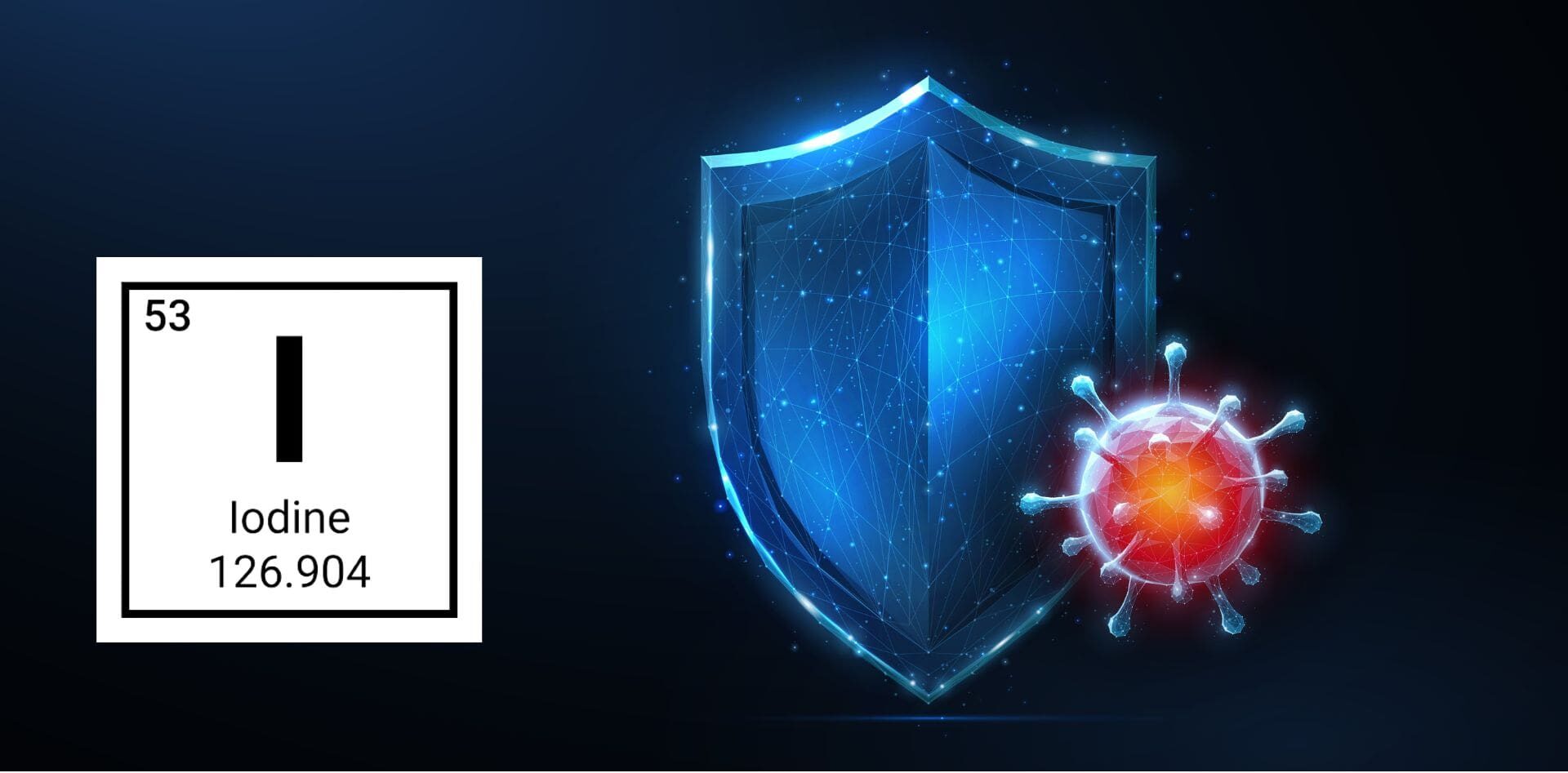A simple inspection of the iris on a regular basis will enable us to note changes in colour and iris appearance.
Have you ever noticed that your iris’ may look a little brighter and have a little more sparkle when you are eating well and getting plenty of rest?
Iridology was a subject that fascinated me as a teenager, however after only finding one book on the subject at the local library in the days before google provided us with instant information, I ended up walking in to my local herbalist and iridologist at the age of 15 to investigate what I needed to do to become an ‘iridologist’ and to learn more about the subject from someone who was putting this into practice.
This resulted in a lengthy conversation about the use of iridology as a diagnostic tool and the need to also treat a patient with natural therapies once iris diagnosis has been performed. It was a revelation. At this age, my naive understanding of naturopathic principles had led me to wanting to read an iris. Like reading a palm, it was a fascinating subject to me and one that was a little bit ‘out there’. So my journey into the realm of natural therapies began.
After finishing year 12 at the ripe old age of 17 I was enrolled at the Australasian College of Natural Therapies studying iridology and herbal medicine, so that I would be equipped with the resources to both diagnose and treat a patient utilising natural therapies. The next step was to gain some valuable life experience. Not many people are equipped with an understanding of the various challenges presented in life by the age of 19. Although I had gained some insight, I was not in a position to offer the valuable guidance that only comes from experience and insight.
That was 19 years ago and, whilst I am still as passionate about the subject as I was at 15, let’s just say that I have a much better understanding of that insightful conversation which took place with my local herbalist, who was kind and generous enough to sit me down for career guidance. I have gained some very valuable life experience and I thoroughly enjoy sharing this with my patients to help them gain understanding of the challenges that they are facing and to help them find solutions to overcome them.
Iridology is something that provides an overview of our inherited constitution – whether our fore bearers were resilient or susceptible to illness. Other vital signs include the level of tension that a person is holding inside from signs such as nerve rings. Many of us may appear cool, calm and relaxed on the outside and an iris can tell us if this is also the case on the inside or whether your body is riddled with muscular tension and unreleased emotions.
Iridology provides an overview of signs which can lead the iridologist to making an assumption about possible associated conditions from the picture presented and if warranted they can then order specific tests to confirm these suspicions.
An example of this is a bluish coloured ring around the outside of the iris which can indicate iron deficiency. We need to consider why a patient is presenting with iron deficiency; are they a vegetarian? Do they have heavy menstrual periods or are they suffering from absorption issues caused by gut problems or vitamin c deficiency causing poor iron absorption? This is why the iridologist needs to combine iridology with thorough case history taking to determine the best possible course of treatment.
The iris is remarkable in yielding information and recording any injuries or surgeries, as well as colour changes that can indicate acute or chronic disease states affecting different body systems.
For example, when we see a white wash over a certain area, this is indicative of acute inflammation or hyper states… Where the body is attempting to repair itself and mobilising its resources to enable that to happen.
The opposite is the darker colours varying from yellow (subacute),brown (chronic) and black (destructive) which indicate more chronic issues that have remained for a prolonged period of time and where function of the body system involved may have started to decline as it has not been provided with the adequate resources such as clean air, clean water, rest, relaxation, vitamins and minerals from a healthy diet which our body needs to repair itself.
These are the signs that take time to resolve. It is common to see people in clinic who are seeking the magic pill for a condition that may have plagued them for many years, yet it is something that I can only describe as peeling an onion; in chronic conditions we need to work at improving the condition by peeling away at the layers and gradually restore wellbeing and normal physiology where it has been missing. This takes time, if it is to be done effectively.
Teaching someone a different lifestyle requires coaching and support and not everyone is able to master this within 2 weeks. It is fabulous when they do, but in my clinical experience I have found some lovely patients who, despite experiencing chronic health problems, report back with excuses about why they are unable to stick to a healthy diet, why they can’t remember to take their supplements and why they simply can’t change years of bad habits… And they believe their own excuses. Quite simply, it can be hard work to change years of destructive lifestyle habits.
This is why it is most important that everyone should be taught these vital principles from a young age, to help prevent a lifetime of poor health. Some people have almost accepted that wellness is something that they are unable to obtain – and they are probably right. They have a mindset which cannot be changed by anyone, except themselves.
Once someone has made the decision to make some positive changes and are determined to obtain the wellness that they know is possible, then they are generally very successful. The mind is a very powerful tool when it is used correctly. Even some of the most insidious illnesses respond well to lifestyle changes, dietary modifications and more effective management of stress, which if left uncontrolled can contribute significantly to inflammation which is the root cause of many common health problems.
If you combine a determined positive mindset with a healthy lifestyle, incorporate strategies for stress management and relaxation, exercise regularly and have a great practitioner who can guide you through the process, then you have a great foundation for powerful changes.








Leave A Comment